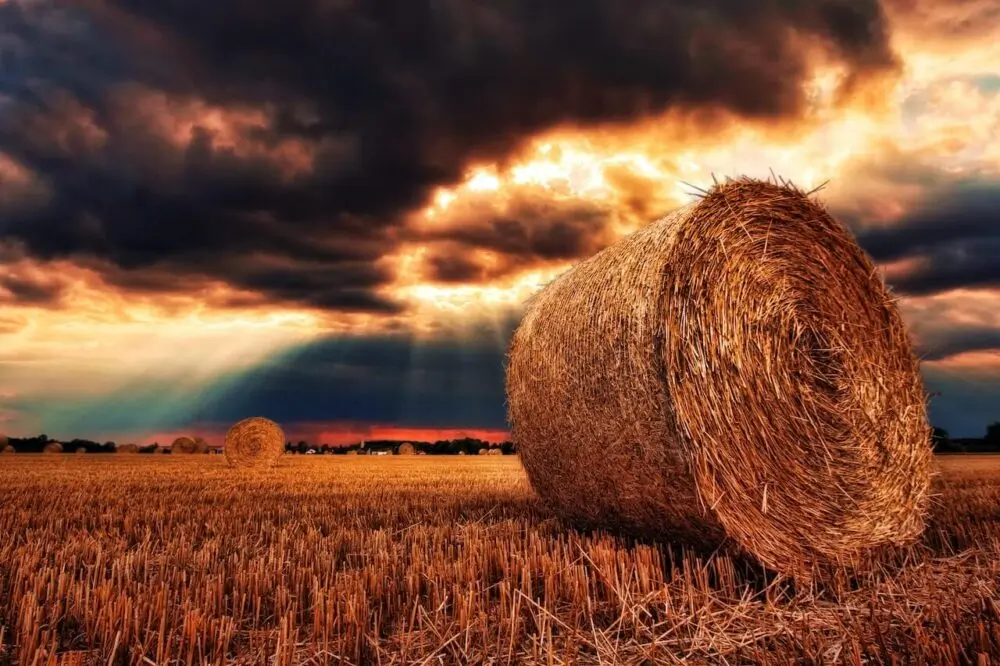Back in October, when Navigator CO2 Ventures announced that it had killed its proposed $3.5 billion, 1,300-mile Heartland Greenway carbon-capture pipeline across Iowa and several other states, news organizations carried the story on their front pages and at the top of their news programs.
Opponents — including some environmentalists such as the Sierra Club — cheered! They claimed victory in a long battle against the pipeline company that had sought to use provisions of Iowa’s eminent domain law to obtain easements for their pipelines.
Two other carbon pipeline companies, Summit Carbon Solutions and Wolf Carbon Solutions are pressing on with their own plans for cross-state carbon pipelines. Both are facing stiff resistance.
A story not as well covered by the news media is that of a growing accumulation of resistance to green energy projects in rural areas.
Robert Bryce, an independent author and journalist, has developed a database of projects rejected or banned by rural communities. Last month, his count moved up to 601 denials since starting his database in 2015 when the commissioners of Harvey County, Kansas, voted unanimously to ban commercial wind and utility-scale solar projects in their county. Harvey County is in south-central Kansas. It reports a population of 34,000.
You will likely hear more of this story in the future.
Roughly 80 percent of our population lives in urban areas. The rest of us are scattered rather thinly across most of the country.
City dwellers use lots of energy and densely populated areas tend to align with politicians concerned about climate change and so-called clean energy. But where are the power plants, windmills, solar farms and carbon pipelines located? Yes, of course, in rural areas.
For the amount of energy generated, the windmills and solar farms require a considerable amount of land and additional land for the power grids that connect them. Generators, in particular, spoil landscapes and pose hazards to anything that flies on a wing. And no one knows what happens when the useful life of a windmill is over. Will it simply be abandoned?
Rural residents may not carefully analyze all the factors of renewable energy, but they are intuitively and correctly concerned.
Another controversy is the motive force that connects renewable energy installations: Big government, big oil, big business and big banks. Why? Because most of these projects are financed, in part, by federal tax credits.
Big companies love tax credits — it is pure free money — and they can be sold to other taxpayers. A tax credit for an individual or corporation is better than a tax deduction. A deduction reduces the amount of income taxed. But tax credit reduces the amount of a taxpayer’s federal tax liability. It is having someone else — the government in this case — pay your taxes while you keep all the income. Tax credits were increased in the Bipartisan Infrastructure Act of 2021 and increased again in the Inflation Reduction Act of 2022.
Back to those carbon pipelines. When the tax credit was raised to $85 per ton of carbon dioxide in the Inflation Reduction Act, capturing and transporting carbon from concentrated sources like ethanol plants became economically feasible. Proposals for pipelines across Iowa appeared almost overnight. We shouldn’t have been surprised.
Expect more resistance to renewable energy projects in the future. This issue pits two classic constituencies — rural and urban — against each other.
Add in massive deficit spending augmented by generous tax credits and insincere political rhetoric of taxing big corporations, and you might have a politically explosive mix on your hands.
George Schneidermann lives in Rock Rapids. He may be reached at gschneidermann@iowainformation.com.

